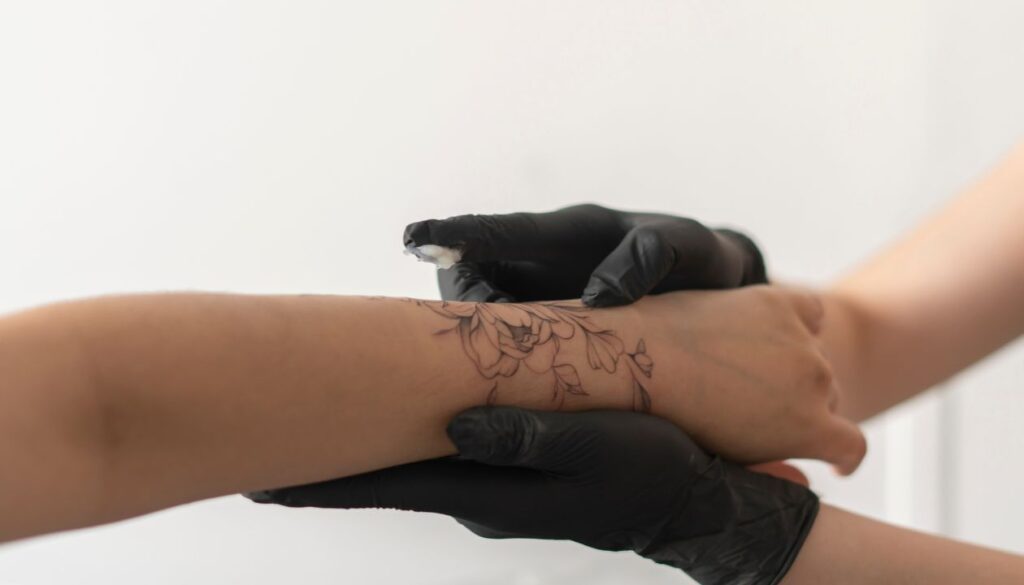Thinking about getting rid of that tattoo? You’re not alone. Many people decide to remove tattoos for various reasons, whether it’s a change in personal style or a reminder of a past chapter.
In this step-by-step guide, you’ll discover how to prepare for your laser tattoo removal journey. From understanding the process to managing your expectations, we’ll walk you through everything you need to know. With the right preparation, you can ensure a smoother experience and get one step closer to a clean slate.
Understanding Laser Tattoo Removal
Laser tattoo removal uses high-intensity light beams to break down ink particles within the skin. As your body processes these fragmented particles, the tattoo gradually fades. It’s crucial to understand the types of lasers used and the tattoo’s color, age, and depth to anticipate the treatment’s effectiveness.
Types of Lasers
- Q-switched lasers: Commonly used, they effectively target different ink colors, especially dark shades.
- Picosure lasers: Utilize ultra-short pulses to disrupt ink particles, offering faster treatment and minimal skin damage.
- Fractional lasers: Focus on targeting specific areas, providing less discomfort and quicker recovery.
Tattoo Characteristics
- Color: Bright and light colors, like pastels, often require more sessions for complete removal compared to darker shades.
- Age: Older tattoos typically respond better, as the ink has faded naturally over time.
- Depth: Deeper ink layers set further into the skin take longer to remove.
Treatment Process
- Consultation: You’ll undergo an initial consultation to assess your tattoo and medical history.
- Patch Test: A small test area may be treated to gauge your skin’s reaction.
- Sessions: The number of sessions ranges from 5 to 10, spaced 6 to 8 weeks apart, allowing your skin to heal effectively.
- Aftercare: Proper aftercare is essential to minimize risks and aid healing.
Understanding these factors helps manage expectations and prepares you for an effective laser tattoo removal experience.
Preparing for the Process
Preparing for laser tattoo removal involves gathering relevant information and ensuring you choose a skilled provider. Proper steps enhance the likelihood of a successful experience.
Researching the Procedure
Research the laser tattoo removal process thoroughly. Understand how different laser types work and how they affect various ink colors.
Explore the expected number of sessions required based on tattoo characteristics, such as age and depth. Familiarize yourself with the potential side effects, including temporary skin irritation or discoloration.
Review testimonials and case studies from previous patients to gauge the effectiveness of the procedure and the satisfaction of others.
Finding a Qualified Professional
Finding a qualified professional is crucial for successful tattoo removal. Look for certified practitioners with experience in laser tattoo removal.
Verify their credentials and read reviews from previous clients. Schedule initial consultations with several providers to assess their expertise, equipment, and approach.
Discuss any concerns during these consultations, and ensure they tailor the treatment plan based on your specific needs. Confirm that the clinic follows proper safety protocols, including skin assessments and patch tests, to ensure a personalized and secure experience.
What to Expect During the Consultation
During the consultation, you’ll discuss your tattoo removal goals and receive a thorough assessment of your tattoo. This meeting sets the foundation for your treatment plan and ensures clear communication with your provider.
Discussing Goals and Expectations
Discuss your specific goals for tattoo removal with your practitioner. Clearly express why you’re choosing to remove the tattoo and what results you expect.
Setting realistic expectations is crucial, as outcomes can vary based on factors like tattoo size, age, and ink color. Your provider will explain the expected timeline and number of sessions required for optimal results, typically ranging from 4 to 10 sessions.
Understand that complete removal isn’t always possible, and some residual ink may remain.
Assessing the Tattoo
Your practitioner will conduct a detailed assessment of your tattoo. Factors such as size, color, age, and depth of ink will influence the removal process.
Be prepared for your provider to take notes or photos for their records. This evaluation helps determine the most effective laser technology to use, such as Q-switched or PicoSure lasers, and allows for a personalized treatment plan tailored to your needs.
Your provider may also perform a patch test on a small area of skin to check your reaction to the laser treatment, ensuring safety and comfort during the sessions.
Pre-Treatment Instructions
Preparation for laser tattoo removal involves critical steps that can significantly impact the effectiveness of the treatment. Following these pre-treatment instructions ensures a smoother experience and better results.
Skin Care Tips
- Moisturize skin: Keep your skin well-hydrated in the weeks leading up to treatment. Use a non-irritating moisturizer to maintain skin elasticity and improve recovery post-session.
- Avoid sun exposure: Limit sun exposure to the tattooed area for at least four weeks before treatment. Sunburned skin can increase sensitivity and hinder the removal process.
- Exfoliate gently: Use a mild exfoliator on the area about a week before treatment. This helps eliminate dead skin cells, promoting better absorption of the laser energy.
- Shave the area: If applicable, shave the tattooed area a day prior to your appointment. This prevents hair interference during the procedure.
- Stay clean: Keep the area clean and free from any lotions or creams on the treatment day. This ensures the skin is prepared for optimal laser interaction.
Avoiding Certain Medications
- Avoid blood thinners: Discontinue the use of blood-thinning medications, such as aspirin and ibuprofen, a week before treatment. These can increase the risk of bruising and bleeding during the procedure.
- Consult regarding medications: Discuss any prescription medications with your practitioner. Some medications, particularly those affecting skin sensitivity, may need to be paused prior to treatment.
- Limit alcohol intake: Refrain from drinking alcohol for at least 48 hours before your session. Alcohol may dehydrate the skin and increase the risk of adverse reactions.
- Steer clear of caffeine: Limit caffeine intake on the day of the treatment. Caffeine can heighten anxiety and sensitivity, leading to a more uncomfortable experience.
Following these pre-treatment instructions maximizes your chances of a successful laser tattoo removal process. Adhering to the guidelines ensures you’re well-prepared for your upcoming sessions.
Aftercare Following Sessions
Aftercare is crucial following laser tattoo removal sessions to promote healing and optimize results. Proper care minimizes discomfort and protects your skin.
Managing Discomfort
Managing discomfort effectively enhances your recovery experience. Use over-the-counter pain relievers like ibuprofen or acetaminophen as needed.
Apply a cold compress to the treated area for 10 to 15 minutes to reduce swelling and alleviate pain. Keep the area clean and avoid scratching or picking at scabs to prevent irritation. If discomfort persists or worsens, consult your practitioner for further advice.
Protecting the Skin
Protecting your skin during the healing process aids in successful tattoo removal. Cover the treated area with a clean, sterile bandage for the first 24 hours.
Afterward, apply a healing ointment, such as aloe vera or an antibiotic cream, to keep the skin moisturized. Avoid sun exposure, using sunscreen with an SPF of at least 30 when outdoors.
Do not immerse the area in water, such as swimming pools or hot tubs, for at least two weeks. Follow these guidelines to maintain skin integrity and promote optimal healing.
Conclusion
Preparing for laser tattoo removal can make all the difference in your experience and results. By understanding the process and following the steps outlined, you’re setting yourself up for success.
Make sure to choose a qualified professional who can guide you through each stage and tailor a treatment plan to your specific needs.
Don’t underestimate the importance of pre-treatment care and aftercare as they play a crucial role in healing and achieving the best possible outcome.
With the right preparation and knowledge, you can move forward confidently on your journey to tattoo removal.
Frequently Asked Questions
What are common reasons people choose to remove tattoos?
Many individuals opt to remove their tattoos due to personal style changes or reminders of past experiences. Other reasons may include a desire for a fresh start or dissatisfaction with the design.
How does laser tattoo removal work?
Laser tattoo removal uses high-intensity light beams to break down ink particles in the skin. This process leads to gradual fading of the tattoo over multiple sessions.
What types of lasers are used in tattoo removal?
Different laser types are used, including Q-switched lasers for various ink colors, Picosure lasers for quicker treatments with less skin damage, and fractional lasers for targeted areas.
How many sessions are typically needed for effective tattoo removal?
The number of sessions required varies based on tattoo characteristics but generally ranges from 4 to 10 sessions, spaced 6 to 8 weeks apart.
What should I do to prepare for laser tattoo removal?
Preparation includes researching the procedure, staying hydrated, avoiding sun exposure, gently exfoliating the skin, and consulting with certified professionals about your goals.
What can I expect during the initial consultation for tattoo removal?
During the consultation, the practitioner assesses the tattoo, discusses your removal goals, performs a patch test, and outlines the expected timeline and number of sessions necessary for effective removal.
How can I care for my skin after a laser tattoo removal session?
Aftercare includes using over-the-counter pain relievers, applying cold compresses, covering the treated area, using healing ointments, avoiding sunlight, and not immersing the area in water for at least two weeks.
Start Fresh with Rethink Laser Tattoo Removal
Take control of your skin with professional laser tattoo removal from Rethink. Our advanced technology ensures safe, effective treatments designed around your goals. Book your consultation today and begin your journey to a clean slate.

